Dual Purpose: How a Sleeping Mask Works for Both Digital Eye Strain and Sleep Disturbances

Stay tuned to our latest news
Fortunately, a surprisingly simple solution can address both of these concerns - the sleeping mask. How? Let’s explore how a high-quality sleeping mask can provide relief from digital eye strain as well as promote better sleep quality. Whether you're logging long hours at the computer or struggling with insomnia, read on to discover how a sleeping mask can become your two-in-one ally for healthier eyes and sounder slumber.
Why Having a Good Night's Rest is Essential?

A good night's rest is often overlooked, especially in a world where everything seems to play out fast, yet it plays a crucial role in our overall health and well-being. Sleep is not merely a time for our bodies to rest; it is a vital process during which our physical, mental, and emotional aspects rejuvenate and repair themselves.
Quality sleep supports cognitive functions, aids in memory consolidation, and contributes to emotional stability, making it essential for productivity and daily functioning. Furthermore, sufficient rest bolsters the immune system, regulates hormones, and contributes to a healthy metabolism, ultimately impacting our long-term health. Understanding the importance of a good night's sleep is the first step toward fostering a healthier lifestyle and improving our quality of life.
What Is Digital Eye Strain?
Digital eye strain, commonly associated with prolonged exposure to blue light from digital devices, manifests through various symptoms. Individuals often report dry or tired eyes, persistent headaches, and facial muscle fatigue. These discomforts arise as blue light scatters more than other wavelengths, making focusing more challenging and potentially decreasing visual contrast. This scattering effect can lead to eye strain when the eyes are required to work harder to maintain clarity.
While the exact link between blue light and eye strain remains uncertain, many users experience varying degrees of discomfort after extended periods of screen time. The subjective nature of these symptoms means that some individuals may feel significant effects, while others may not notice any change.
Awareness of digital eye strain and its symptoms is vital in managing potential discomfort associated with modern device usage. Taking regular breaks and adjusting screen settings can help mitigate the impact of blue light exposure.
What Are Sleep Disturbances?
On the other hand, sleep disturbances significantly impact sleep quality, timing, and the overall amount of sleep individuals receive. These interruptions can lead to daytime distress, leaving many struggling to maintain optimal functioning throughout their daily activities. Common sleep disturbances, such as insomnia, affect approximately one-third of adults, highlighting a widespread issue that many face.
These disturbances are often interconnected with both physical and emotional issues, exacerbating conditions like depression and anxiety. For instance, inadequate sleep can worsen mental health, creating a cyclical relationship where poor sleep leads to increased emotional distress, further impairing sleep quality. This relationship underscores the importance of addressing sleep disturbances not only for improving nighttime rest but also for enhancing overall mental health and daytime functioning.
By recognizing the profound impact of sleep disturbances, individuals can seek appropriate interventions to restore restful sleep, improve their quality of life, and break the cycle that ties poor sleep to emotional and physical health challenges.
What Is the Connection Between Screen Time and Overall Sleep Quality?

In today's digital age, screen time has become an integral part of our daily routines, influencing how we engage with the world around us. As we increasingly transition to a lifestyle filled with smartphones, tablets, and computers, questions have arisen about the potential impacts of this screen exposure, particularly regarding our sleep quality.
Fortunately, the connection between screen time and overall sleep quality is a well-documented area of research. The screens of our digital devices can disrupt the body's natural circadian rhythms. Melatonin is the hormone that regulates our sleep-wake cycle, and the content and interactivity of our screen time can also be mentally stimulating, increasing arousal right before bed and making it harder to wind down and transition into restful sleep.
The combined effects of melatonin disruption and mental stimulation from screens can lead to reduced sleep duration, more fragmented sleep, and poorer overall sleep quality. This can result in daytime fatigue, lack of focus, and other negative health consequences.
The good news is that making simple adjustments like limiting screen time before bed and incorporating a sleeping mask can help mitigate the sleep-disrupting impacts of our digital lifestyles. By understanding the connection, we can take steps to prioritize healthy sleep habits.
Does Blue Light and Artificial Light Affect Sleep Quality?
Blue light and artificial light significantly impact sleep quality by disrupting melatonin release and circadian rhythms. Melatonin, a hormone responsible for regulating sleep-wake cycles, is produced in darkness. Exposure to blue light, particularly in the evening from screens and artificial lighting, inhibits melatonin production, delaying sleep onset and altering natural circadian rhythms.
This disruption can lead to compromised sleep cycles, causing fatigue and reduced overall health. The evening exposure to blue light has been particularly noted for its adverse effects, making it essential to mitigate its impact.
One effective strategy is using blue-blocking glasses, which filter out harmful blue light, thus supporting natural melatonin release. Additionally, many electronic devices now offer nighttime modes that reduce blue light exposure, making it easier to wind down before bed.
Reducing blue light exposure, especially in the evening, is crucial for enhancing sleep quality and maintaining optimal health. By being mindful of artificial light usage, we can foster better sleep and well-being.
What is a Sleeping Mask?

A sleeping mask, also known as a sleep mask or eye mask, is a simple yet effective accessory designed to promote better sleep by blocking out light and creating a soothing environment for rest. Typically made of soft materials, these masks conform comfortably to the contours of the face, ensuring that the wearer feels relaxed and undisturbed during sleep.
Sleeping masks are particularly beneficial for individuals who struggle with insomnia, have irregular sleep schedules, or are sensitive to light, as they help signal to the body that it’s time to rest. Additionally, some masks come with added features such as cooling gel or aromatherapy elements, further enhancing the relaxation experience. In short, they are an affordable and practical solution for anyone seeking to improve their sleep quality and wellness.
Can Sleeping Masks Help with Digital Eye Strain?
Fortunately, one effective way to mitigate its effects is through the use of sleeping masks. By blocking out light and creating a darker environment, sleeping masks promote better sleep quality, which is crucial for the recovery of tired eyes.
Although primary studies on sleeping masks focus on cognitive tasks and their impact on performance, the role of improved sleep quality stemming from reduced light exposure cannot be overlooked. Better sleep allows the eyes to rest and recover, potentially alleviating symptoms associated with digital eye strain.
Incorporating sleeping masks into your nightly routine can help foster an environment that supports optimal rest, ultimately benefiting eye health and overall well-being. By minimizing disruptive light exposure, sleeping masks serve not only to enhance sleep quality but also to aid in the recovery process for those experiencing the discomfort of digital eye strain.
Can Sleeping Masks Help with Sleep Disturbances?
The good news is that sleeping masks are also effective at helping you deal with sleep disturbances. They can do this by blocking disruptive light, which is crucial for achieving restorative REM sleep and deep sleep. A darkened sleep environment signals the body to produce melatonin, promoting healthier sleep patterns.
In addition to improving light conditions, sleeping masks also contribute to feelings of safety and comfort, creating an ideal atmosphere for relaxation. Silk masks, in particular, provide extra benefits—they’re gentle on the skin, helping maintain hydration and prevent irritation, resulting in a more soothing sleep experience.
High-quality sleep masks offer an economical solution for those dealing with sleep issues at home. Rather than investing in costly adjustments to your sleeping environment, a quality sleeping mask can make a noticeable difference in alleviating sleep disturbances. With their affordable price point, sleeping masks serve as a practical tool for enhancing overall sleep quality, allowing you to wake up refreshed and rejuvenated.
Takeaway
The challenges posed by digital eye strain and sleep disturbances, both of which are exacerbated by our modern reliance on screens, can have significant impacts on our well-being. However, a simple yet effective solution lies in the use of a high-quality sleeping mask. By blocking out light, sleeping masks create a conducive environment for both eye recovery and restful sleep. They not only help mitigate the symptoms of digital eye strain by allowing the eyes to rest but also promote better sleep by supporting melatonin production and reducing disruptions from artificial light. As an affordable and practical tool, a sleeping mask offers a dual benefit—helping individuals achieve healthier eyes and improved sleep quality, ultimately leading to a better overall quality of life.
Renpho Health Tips
-
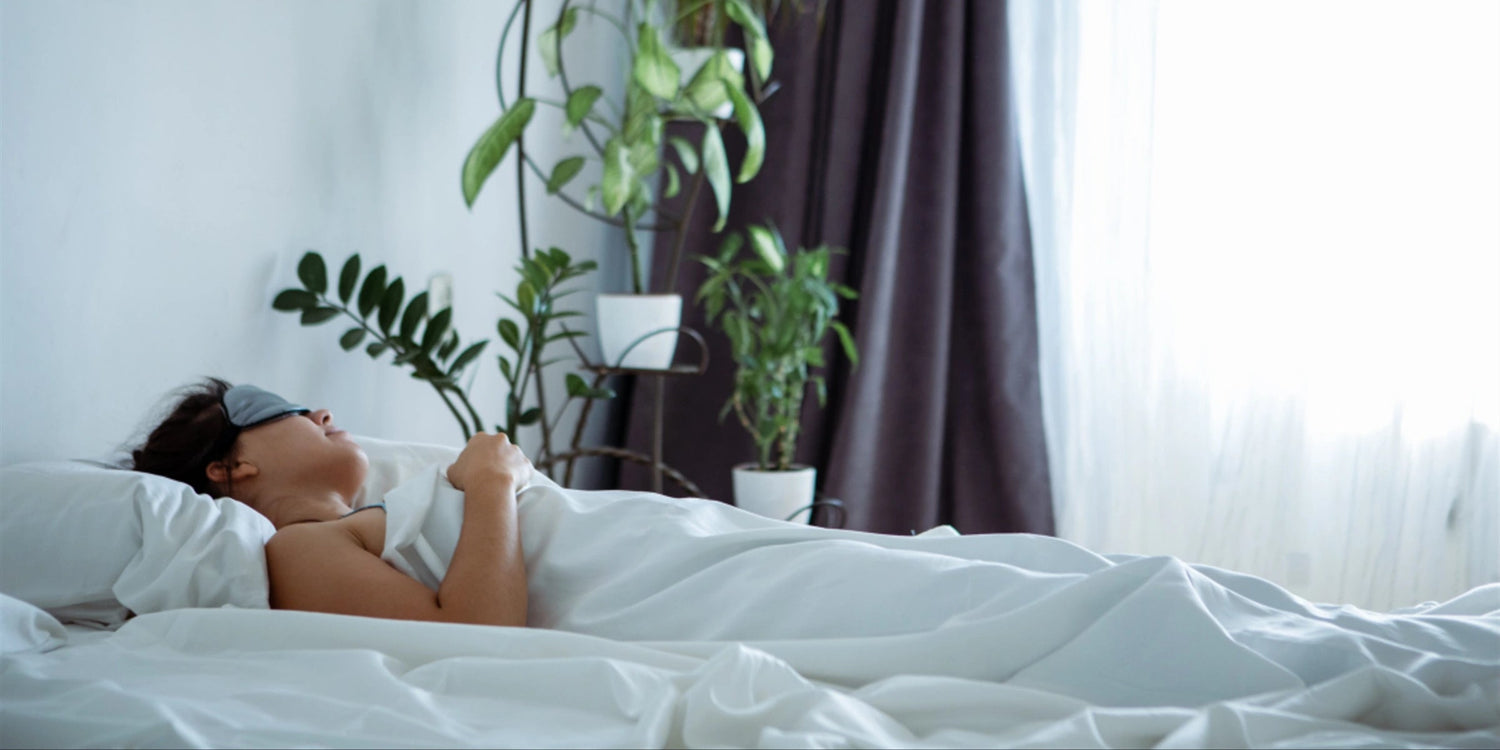
From Tossing to Snoozing: 5 Eye Mask Techniques to Maximize Your Slumber
July 4, 2024
Read more >
-
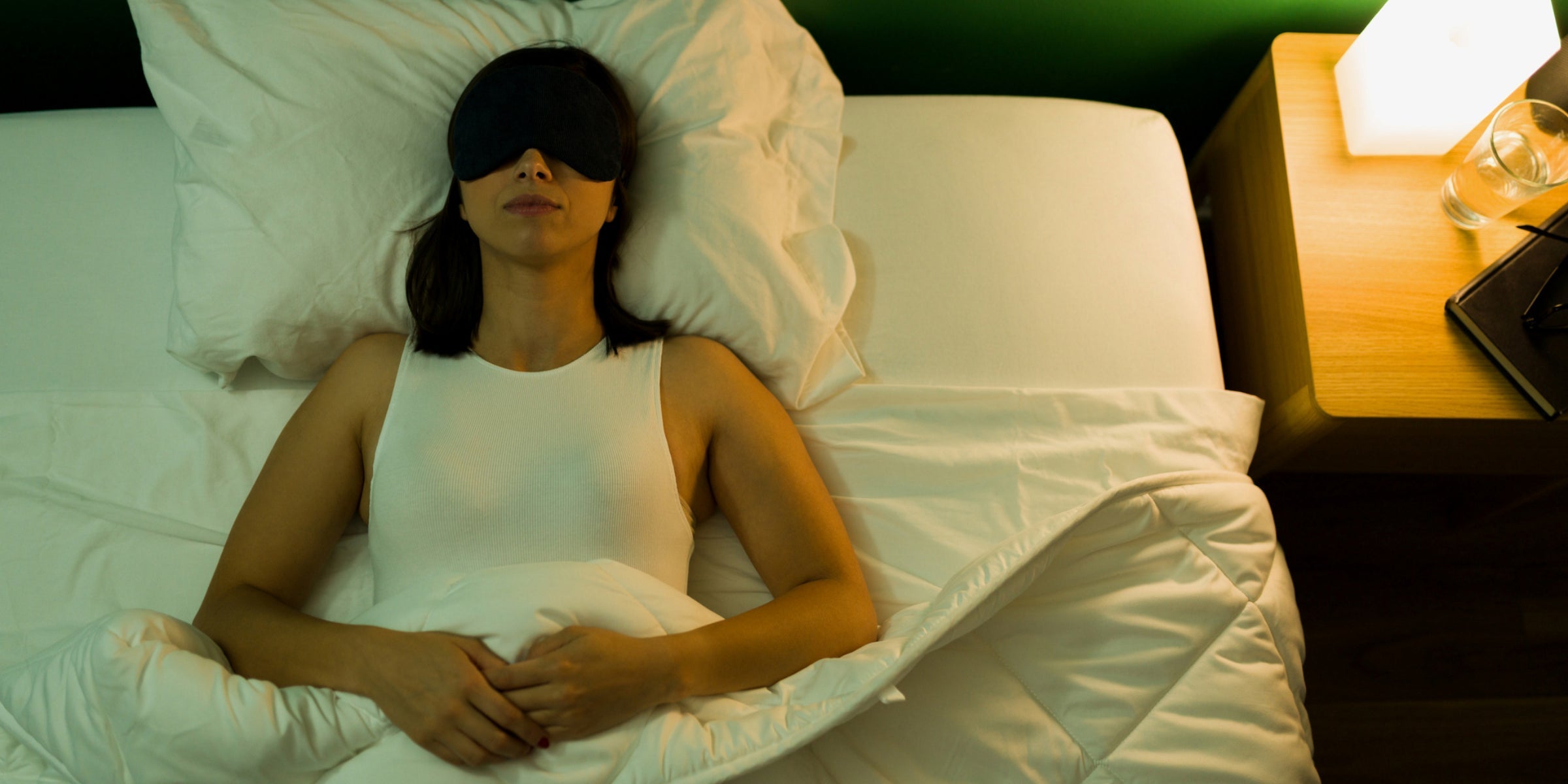
Is an Eye Mask the Unexpected Solution for Treating Sleep Apnea?
July 3, 2024
Read more >
-
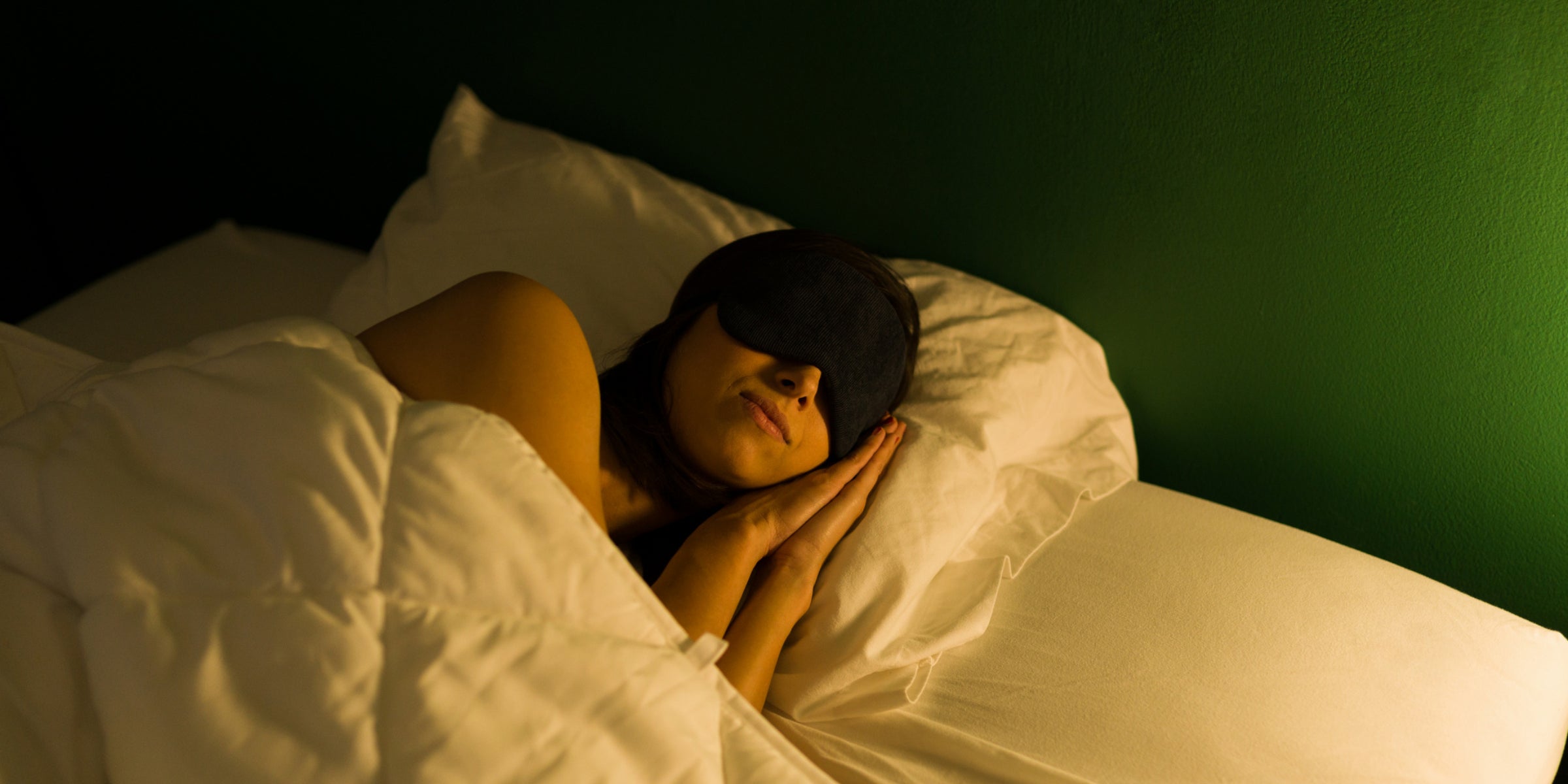
The Eye Mask Advantage: Gaining Control Over Sleeping Paralysis
July 2, 2024
Read more >
-
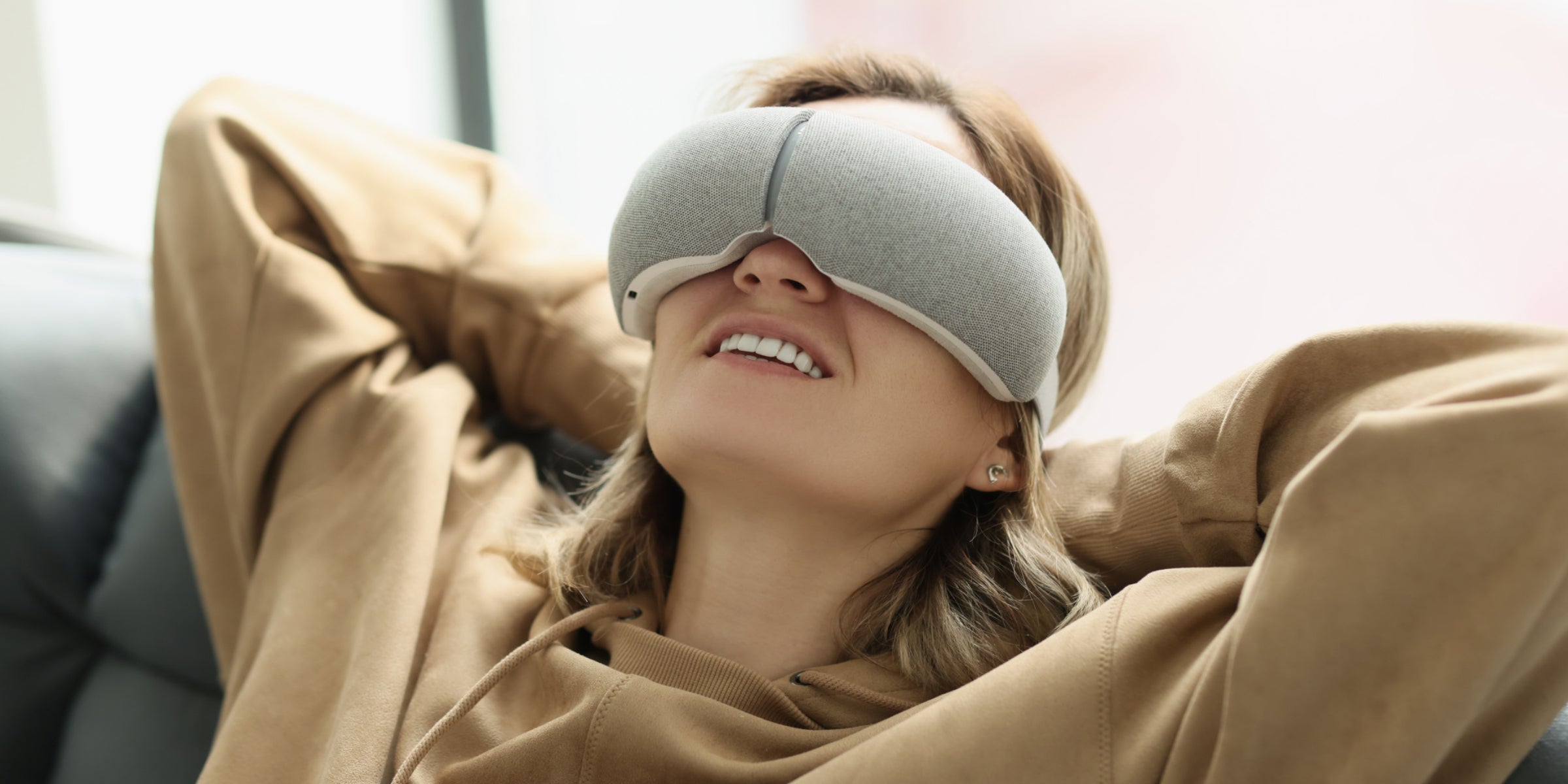
From Massage to Slumber: Exploring the Sleep Mask Potential of Eye Massagers
July 1, 2024
Read more >
-
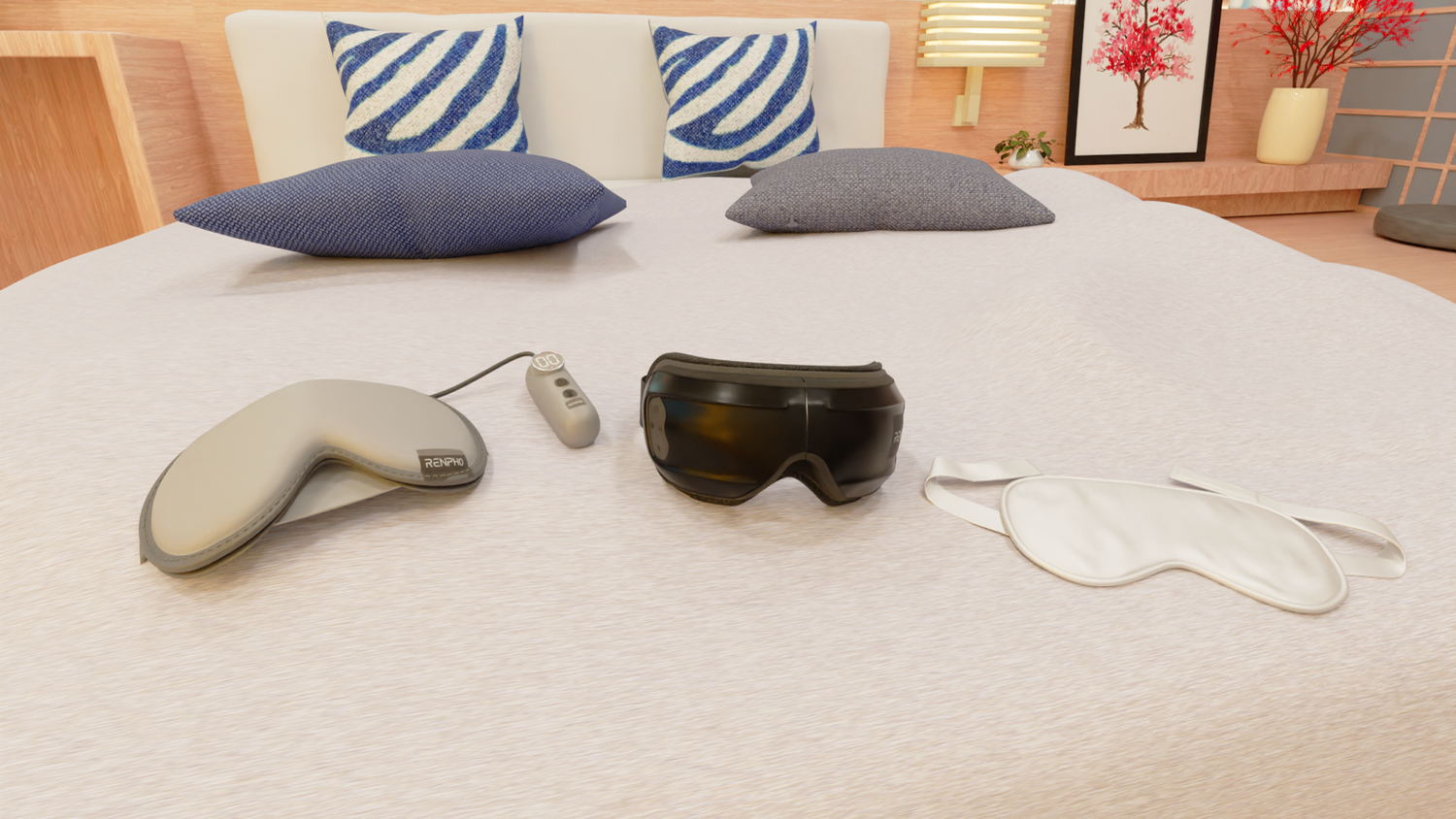
Unmasking the Truth: Are Eye Masks and Sleep Masks the Same?
June 27, 2024
Read more >






